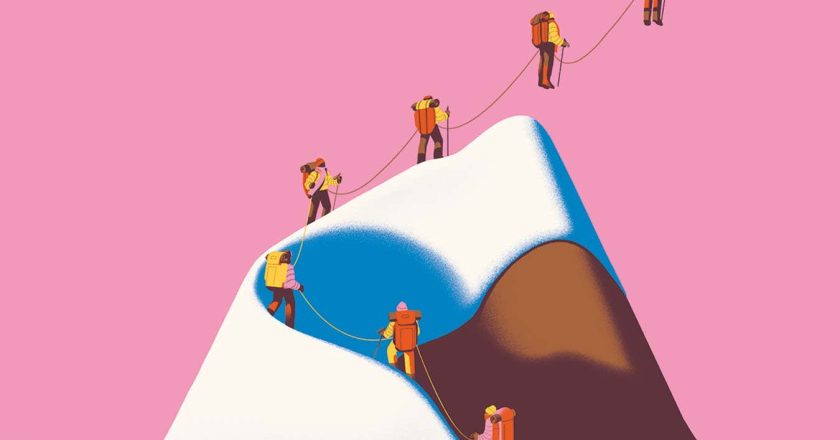What a Year of Climate Research Taught Me About Resilience – State of the Planet
Courtesy of Michelle Rozenfeld
When I started my internship with the National Center for Disaster Preparedness (NCDP) back in September, I didn’t know exactly what to expect, but I knew what I was hoping for. I wanted to learn how institutions respond to disasters—and where they fall short. I wanted to turn my passion for climate justice into something more tangible than a classroom conversation or a line on my resume. Mostly, I wanted to understand: How do we move people from awareness to action?
Over the past year, I’ve had the chance to explore that question through literature reviews, slide decks, grant research, conversations with professors, hurricane impact tracking, blog writing and numerous long Google Docs filled with questions I hoped to answer. And while I don’t have all ...




